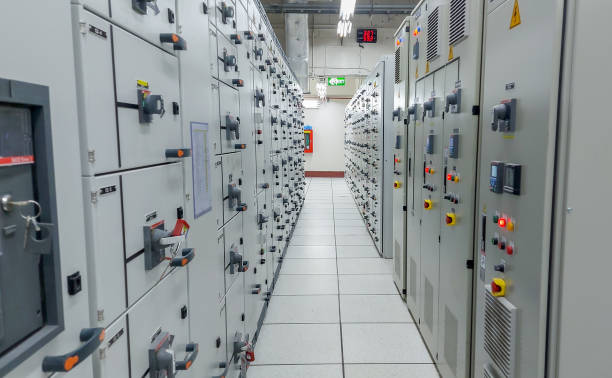When people think about addiction recovery, the first image that usually comes to mind is a clinical setting: structured schedules, therapy sessions, and strict rules about daily routines. All of that matters, but the truth is, recovery isn’t just about the program. It’s about how a person reconnects with life—work, relationships, purpose, even the simple rhythm of an ordinary day. A rehab center might be the setting, but the story is always about building a life worth staying present for. That’s the heart of it, and it’s where real change takes root.
The Foundation of Support
Treatment doesn’t exist in a vacuum. The people surrounding someone in recovery matter as much as the tools they’re given. Studies show that recovery rates improve dramatically when family, friends, or community play a consistent role. It’s not just about cheering someone on from the sidelines—it’s about learning new ways to communicate, setting healthy boundaries, and being willing to walk the long road together. For many, that means creating a network outside the treatment walls, whether through community groups, mentorship programs, or faith-based connections that offer stability. Support is the safety net that keeps recovery from feeling like a tightrope walk with no one to catch you if you fall.
Building Confidence in the Process
Starting treatment often feels overwhelming. Between paperwork, schedules, and unfamiliar faces, it’s easy to forget the goal is to create an environment where a person can breathe again. That’s why choosing the right rehab center becomes such a defining step. It’s not about the fanciest facility or the trendiest program—it’s about finding a place that fits the person’s needs. For some, that’s a center with strong medical oversight. For others, it’s one with a focus on creative expression or holistic approaches. The fit matters, because comfort and trust lay the groundwork for healing. When someone feels seen and understood, they’re far more likely to engage with the process, and that engagement can make all the difference.
The Geography of Healing
Recovery often intersects with location in surprising ways. The environment around treatment can either reinforce old habits or open doors to new ones. That’s why many people look at options like drug rehab in San Antonio, New Orleans or anywhere in between. Each city offers different opportunities, from quiet retreat-like settings to urban centers where reintegration into everyday life is part of the program. Geography isn’t just a map detail—it influences triggers, lifestyle adjustments, and access to aftercare. Some find strength in distance, choosing programs far from home to break ties with unhealthy patterns. Others benefit from staying close, building recovery into the same neighborhoods they’ll live in after treatment. Where the journey happens can shape how sustainable it becomes.
Life Beyond the Program
A program can only last so long, but life after it stretches out indefinitely. That transition often feels like the most daunting part. Suddenly, the structure is gone, and the world with its temptations and stresses is waiting outside the door. The most successful programs focus on equipping people for this moment. That includes job training, financial literacy, and strategies for dealing with triggers in real time. It’s also about building routines that make relapse less tempting. Daily exercise, regular sleep, and hobbies that provide joy become anchors. The point isn’t to replace one set of rigid rules with another—it’s to create a lifestyle that supports recovery without feeling like a constant uphill climb.
The Role of Purpose
Purpose is often underestimated, but it’s one of the strongest motivators for long-term sobriety. When someone finds meaning—whether through work, family, or creative expression—it becomes the reason to stay the course. Programs that help people discover or rediscover that sense of purpose are often the ones that see lasting results. Purpose doesn’t have to be dramatic; it could be as simple as tending a garden, mentoring others in recovery, or picking up an old hobby like painting or playing guitar. That spark of meaning shifts the narrative from surviving to living, which is where the future takes shape.
Hope as a Daily Practice
Hope isn’t just a feeling, it’s something to practice. Every morning that starts with a conscious choice to keep going strengthens it. Every night that ends without giving in to old patterns reinforces it. Hope grows not from one big decision but from hundreds of small ones made consistently. Programs that nurture this kind of mindset don’t just treat addiction—they help people reframe how they see themselves. Instead of being defined by a struggle, they’re defined by resilience and the ability to rebuild. Hope isn’t abstract—it’s a habit, and the longer it’s practiced, the stronger it becomes.
The Work That Stays With You
Recovery doesn’t end when treatment does. It’s carried forward in choices, in the community built along the way, and in the sense of self that grows stronger with time. While no program can hand someone a perfect future, the right mix of support, environment, and purpose can give them the tools to shape one. That’s the real work of recovery—the work that doesn’t just stay within the walls of treatment, but follows a person into the rest of their life.






